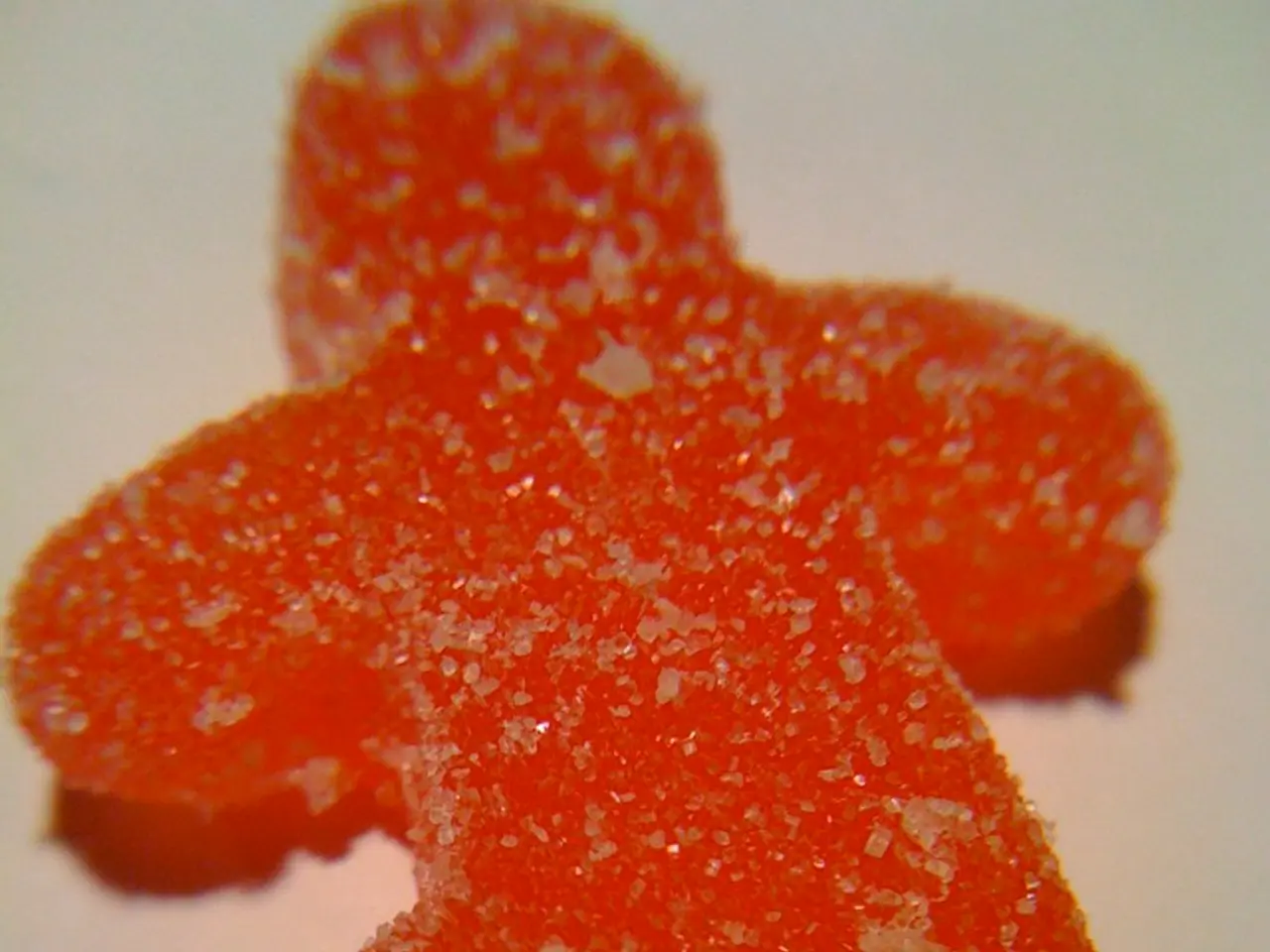Waxing Techniques Comparison: Advantages, Disadvantages, and Home Methods
Sugar waxing, a hair removal method originating in the Middle East, is gaining popularity for its natural ingredients and minimal environmental impact. This technique, which involves using a mixture of sugar, lemon juice, and water, can be a cost-effective and eco-friendly alternative to traditional waxing.
Sugar wax works best when the hair is one-quarter to three-quarters of an inch long. To prepare the wax at home, a person needs a 2:1 sugar to liquid ratio, combining sugar, water, and lemon juice. The mixture should be heated slowly to a temperature of 110-126°C (230-260°F) and then cooled before use.
One of the main advantages of sugar waxing is its safety. Unlike synthetic waxes, sugar wax consists of biodegradable ingredients that break down easily, reducing the risk of burns. However, like any hair removal method, epilation, including sugar waxing, can cause side effects such as ingrown hairs, folliculitis, post-inflammatory hyperpigmentation, and infection. To minimize these risks, it's recommended to follow aftercare instructions, such as applying aloe vera gel or an ice pack to soothe the skin, avoiding hot baths and showers, and avoiding tight clothing.
From an environmental perspective, sugar waxing tends to have a smaller impact than traditional waxing methods. The ingredients used in sugaring paste are biodegradable and water-soluble, leaving no harmful residue or requiring the use of chemical solvents for cleanup. Moreover, sugar waxing often requires no disposable strips, creating less trash compared to waxing strips and chemical containers.
While traditional waxing may have some sustainability practices in place, sugar waxing's natural, minimal-waste process and benign ingredients generally result in a more environmentally mindful choice for hair removal.
It's essential to note that certain individuals should exercise caution before sugaring. People with preexisting skin conditions, those who have used isotretinoin in the past 6 months, used retinoids in the past 2-5 days, have sunburn, moles, warts, or varicose veins in the area they want to wax should avoid any type of waxing.
Other natural hair-removal methods include shaving with a reusable razor, tweezing, threading, and exfoliation with a pumice stone. By choosing sugar waxing or other eco-friendly hair removal methods, individuals can make a positive impact on both their skin and the environment.
- For an eco-friendly and cost-effective approach to hair removal, one could consider the natural method of sugar waxing, which uses a mixture of sugar, lemon juice, and water.
- To ensure the safety of sugar waxing, it's crucial to follow aftercare instructions, such as applying aloe vera gel or an ice pack to soothe the skin, and avoiding hot baths and showers.
- From a health-and-wellness standpoint, sugar waxing, with its biodegradable ingredients, reduces the risk of burns compared to synthetic waxes.
- In the realm of lifestyle and personal growth, making environmentally conscious choices, like opting for sugar waxing, can contribute to a sustainable and eco-friendly lifestyle.
- In the sector of skin care, exfoliation with a pumice stone, along with sugar waxing, can be a beneficial addition to maintain smooth and healthy skin.
- For those passionate about fashion-and-beauty and food-and-drink, selecting reusable razors for shaving or other natural hair-removal methods could be a step towards a more sustainable and environmentally friendly lifestyle within the home-and-garden and education-and-self-development spheres.




